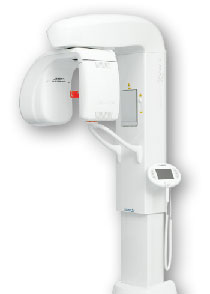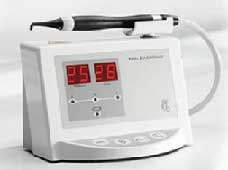Beach smile dental Dental Technology
Digital imaging technology is one of the most significant advances in dental technology made in recent years. We’d like to give you some detail on two of the most common imaging systems you’ll see us use in our office.
Intraoral cameras
Intraoral cameras are the modern version of the dentists’ mirror we use to examine the inside of your mouth. These tiny cameras fit inside your mouth and return high definition images of your teeth, gums and other areas. This technology lets us show you images of the inside of your mouth on a monitor so you can get a first-hand view of your dental work and any areas of concern.
An intra oral camera has a small digital camera, shaped much like a pen, which your National Dental Care dentist can use to connect to a television screen or computer to display video footage straight from the inside of your mouth. It is your way of seeing what your dentist sees. Intra oral cameras are helpful in understanding exactly what is going on inside your mouth, and its camera function allows photographic records to be stored so your dental progress can be followed accurately over time.
Digital X-rays
Digital X-rays have replaced traditional film X-ray machines. They have numerous advantages over the older film based machines. First, they use significant less radiation, resulting in lower exposure levels for you. Second, they produce very high-resolution images, improving our ability to diagnose disease, decay and injuries. Third, the images produced by digital X-rays can be displayed on a monitor, shared electronically, and stored on a computer, making them easier to use and more portable than the hard copy images produced by film X-ray machines.
Intraoral scans (iTero Element)
iTero Element allows us to scan digital three dimensional images of your teeth using a small hand-held wand. These images can be used in place of traditional dental impressions to assist in the placement of crowns and bridges, as well as with orthodontic treatments.
3D CT Scans
3D CT Scans let us take three-dimension images of your mouth that can be viewed on a computer screen. We can see things you can’t from a standard X-ray like bone thickness and density, allowing us to make better diagnoses. It is also critical for placing dental implants.
Cephalometric (Ceph) X-rays
Ceph X-rays take a “profile” image of your face and jaws. They help in the diagnosis of alignment issues and TMJ.
Panoramic X-rays
These digital X-ray machines take a panoramic image of your entire jaw.
Diagnodent Diagnosis
This device is designed as an adjunct to a traditional oral examination for the detection of decay in the biting surfaces of molar & premolar teeth. Teeth that one might suspect are decayed because they have staining or discolouration in the pits & fissures (ie the wrinkles on the biting surfaces of back teeth that help mash up food when chewing) are ideal candidates to use the diagnodent on as these areas are almost impossible to detect decay in with an x-ray unless the cavity is already huge





